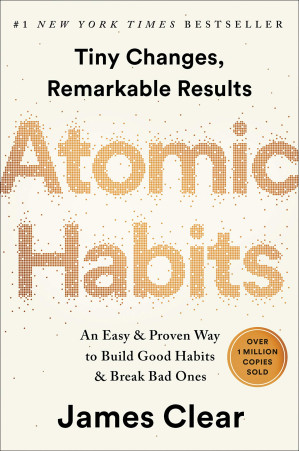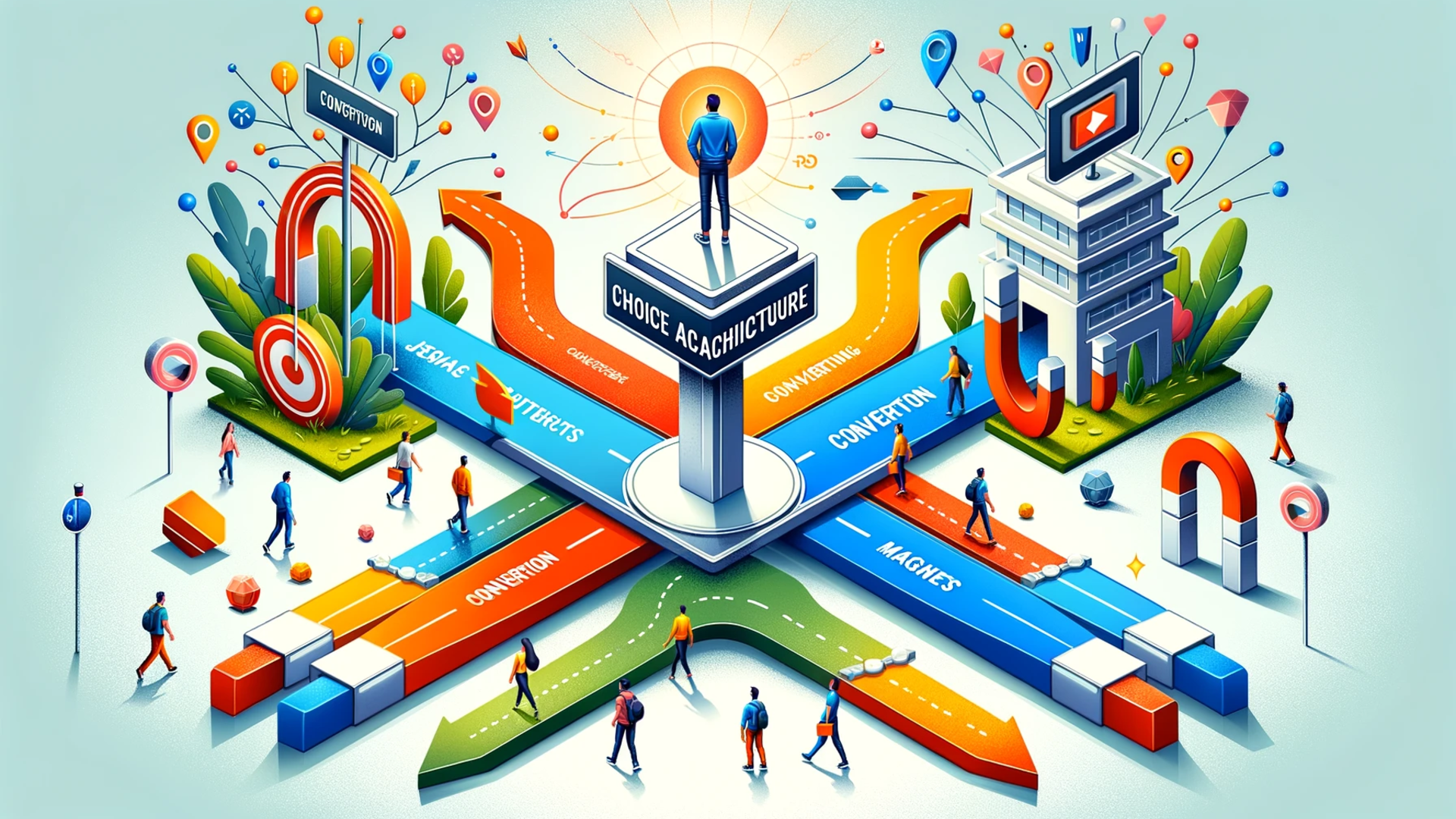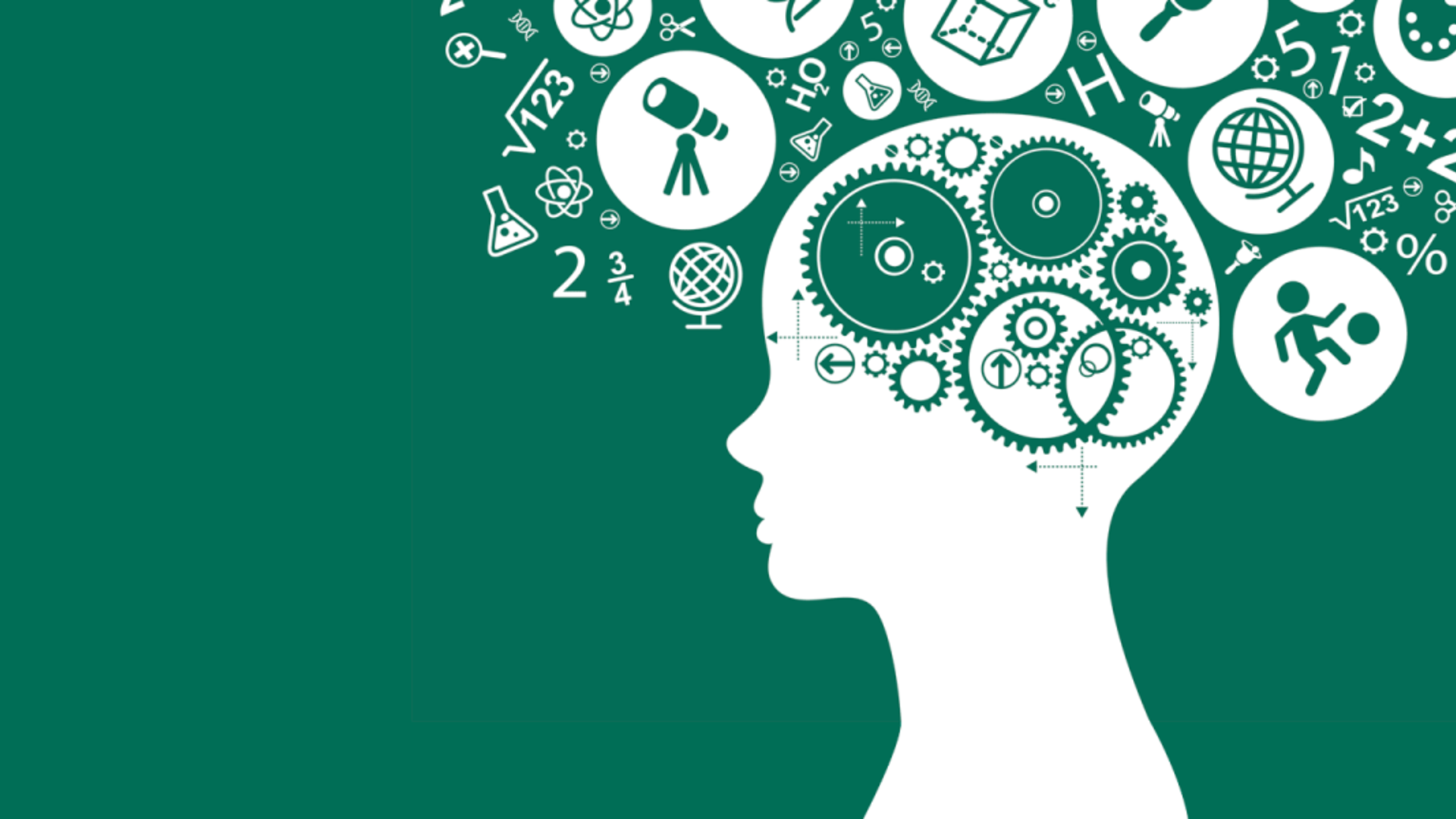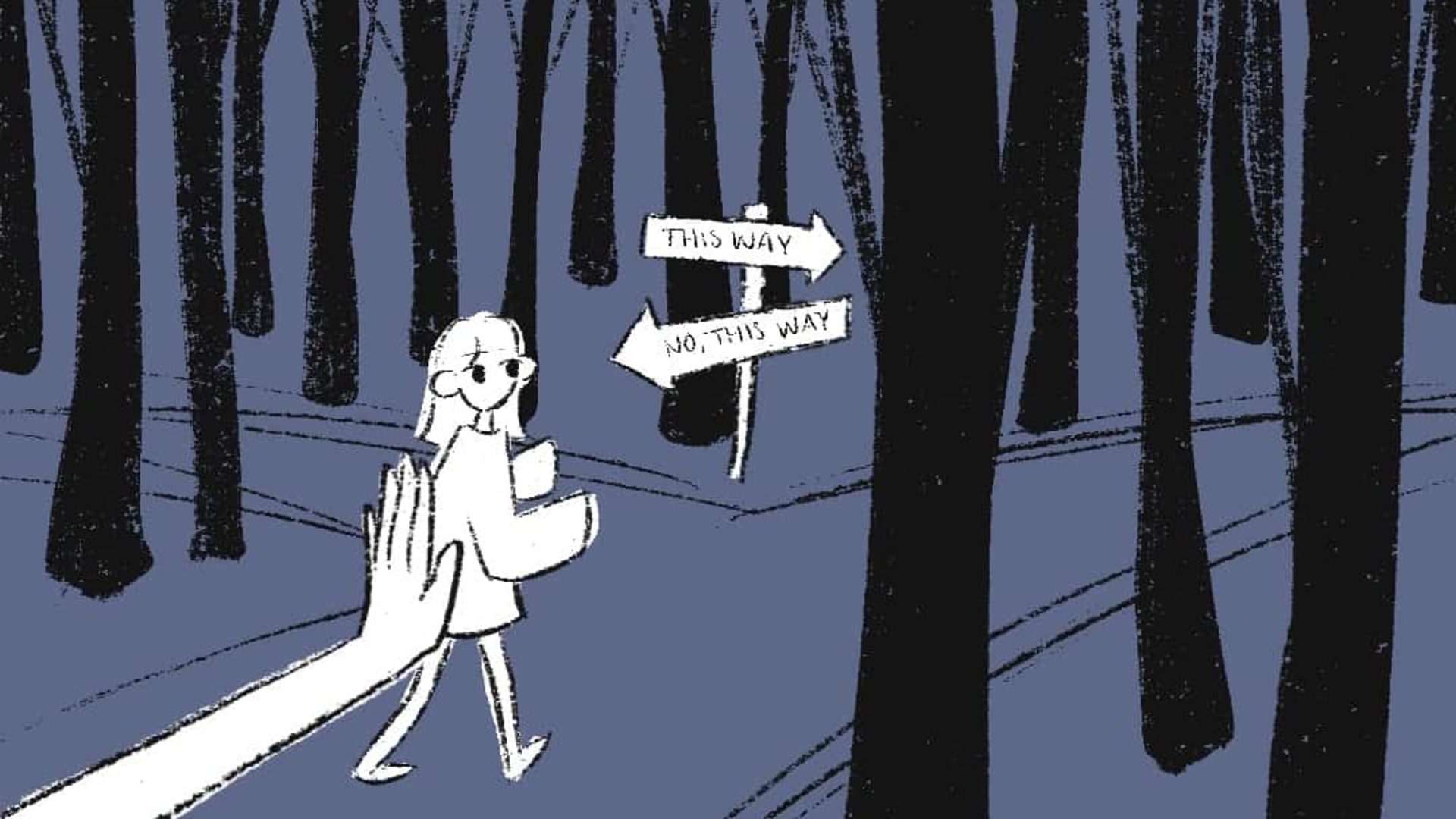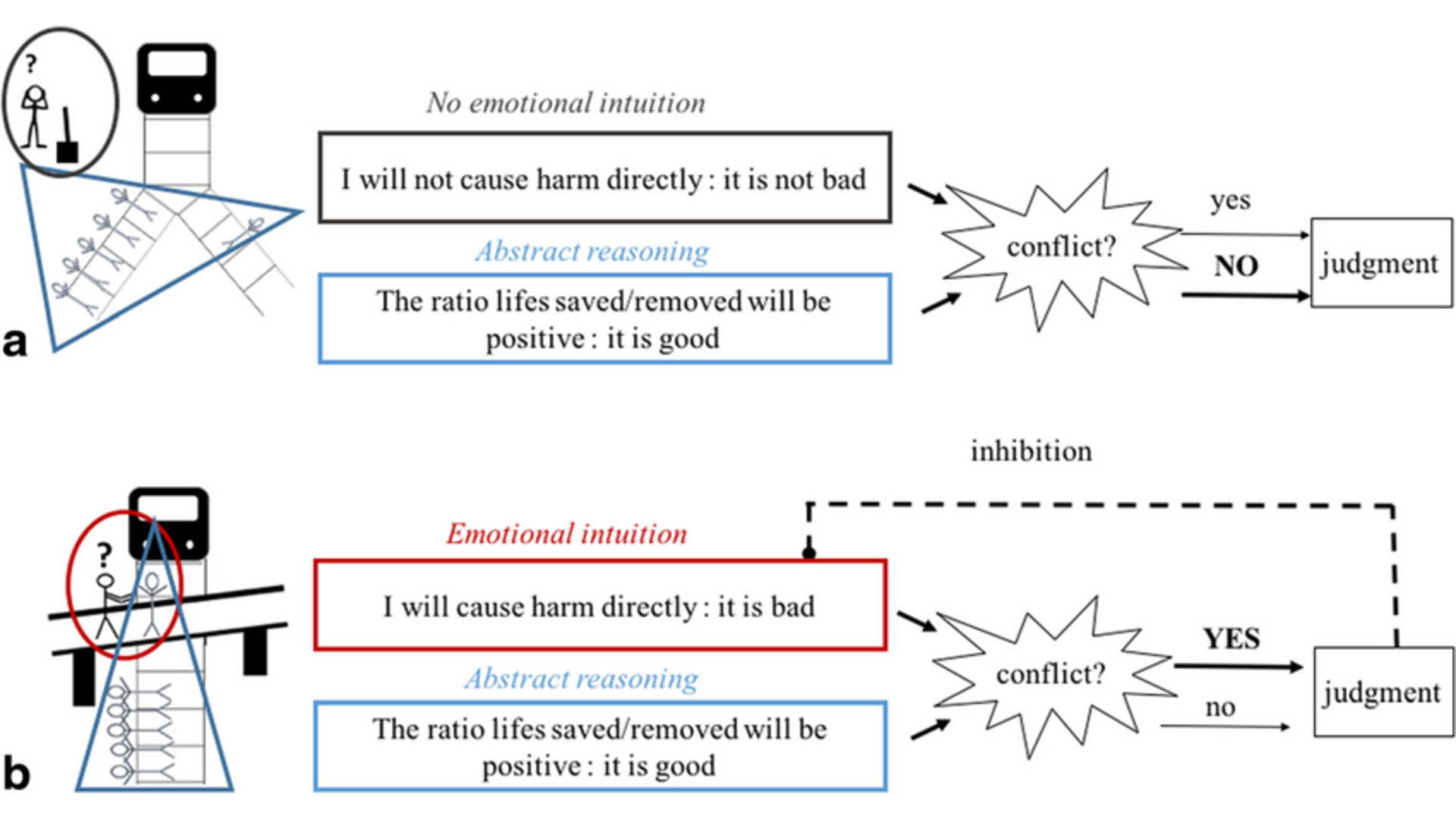
🎯 Want to read Kahneman's classic with AI-powered scaffolding?
Launch your Thinking, Fast and Slow learning path on www.readever.app — get chapter annotations, bias spotters, and dual-process drills tailored to your goals.
Kahneman's Thinking, Fast and Slow remains the definitive manual for decoding human judgment, and 2025's AI-saturated workflows make its dual-process insights more urgent than ever. This guide distills fresh deep-research takeaways into a practical playbook you can use to design better products, policy nudges, and personal habits while you read (or reread) the book inside Readever.
Key insights for busy readers
- System 1 (fast) thinking runs on associative stories; System 2 (slow) thinking is deliberate, scarce, and often lazy about stepping in.
- Predictable biases—anchoring, availability, representativeness, hindsight—are all manifestations of attribute substitution and the WYSIATI rule ("what you see is all there is").
- Prospect Theory reframes risk around reference points, diminishing sensitivity, and loss aversion—explaining why framing changes everything.
- Overconfidence, the illusion of validity, and the planning fallacy persist because coherent stories trump statistical realities.
- The experiencing self and remembering self have conflicting agendas; the peak-end rule explains why memories—not moments—drive choices.
- Decision hygiene requires structured outside views, premortems, and checklists to overcome System 1's narrative grip.
System 1 vs System 2: How the machinery of thought actually works
Kahneman's two-character metaphor is a functional description, not a brain map. System 1 runs automatically, linking ideas, emotions, and physical responses into a coherent story. It powers fluent social reading, practiced expertise, and snap judgments—whether you're finishing the sentence "war and..." or reacting to a UX anomaly. System 2, meanwhile, is deliberate and metabolically expensive; it only mobilizes when intuition stalls, a norm is violated, or focused control is required.
System 2's defining flaw is its laziness. Unless the stakes or surprise level are high, the slow system rubber-stamps the narratives produced by System 1. That laziness is why bias mitigation strategies focus on either making System 2 cheaper to engage (checklists, calculators, structured reviews) or making System 1's blind spots painfully obvious (red-team prompts, counterexamples, outside-view data).
Biases that bend judgment (and how to catch them)
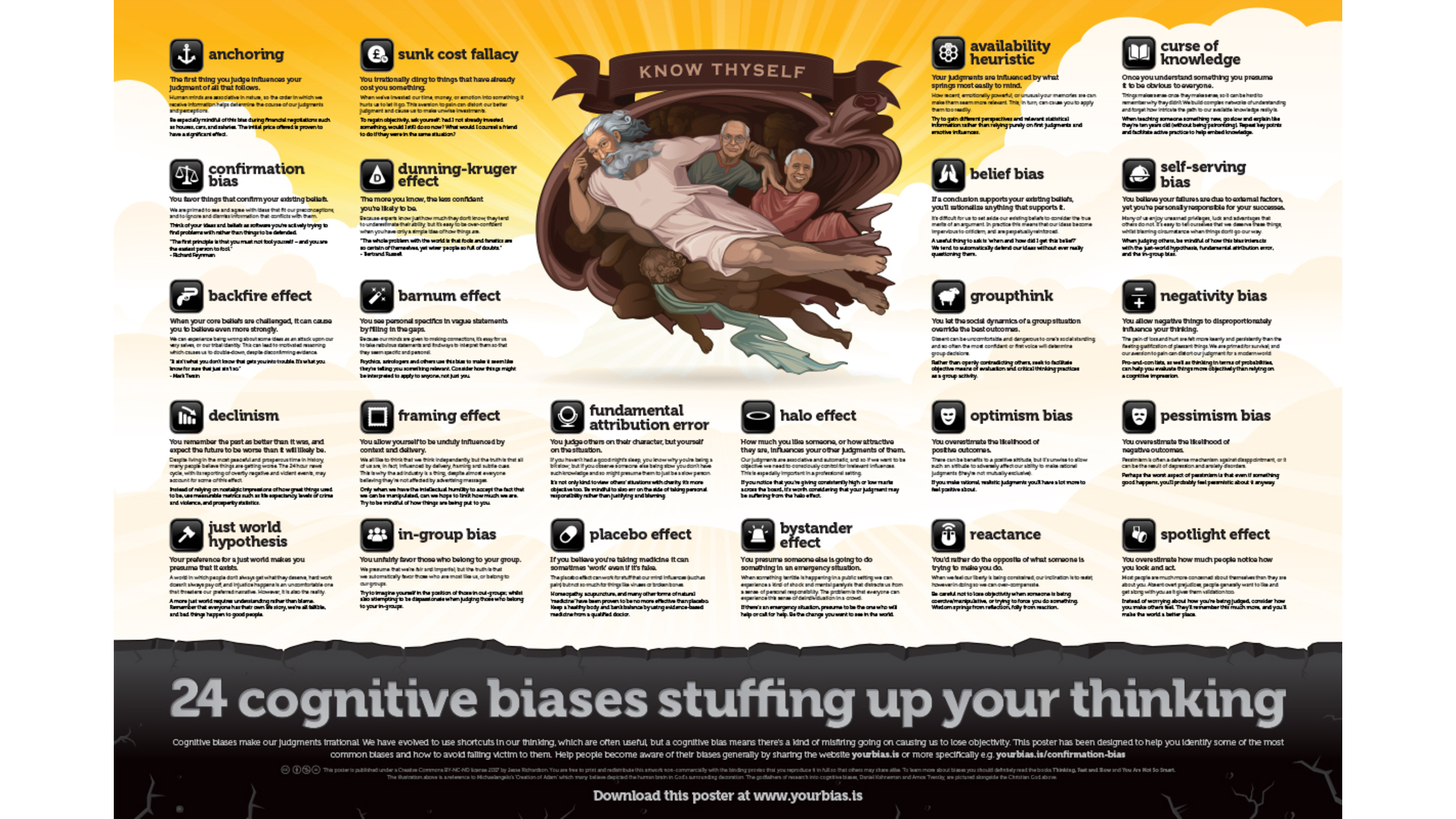
Kahneman's catalogue of heuristics is really a map of System 1 corner-cutting:
- Anchoring: The first number you hear primes every subsequent estimate. Fight it by pre-setting your own anchors and demanding multiple reference points.
- Availability: Vivid stories masquerade as probabilities. Supplement gut reactions with base-rate dashboards to keep rare risks in perspective.
- Representativeness: Similarity outruns statistics, leading to base-rate neglect and conjunction errors (the Linda problem). Force yourself to ask, "What proportion of the population actually fits this description?"
- Hindsight: After the fact, System 1 smooths surprises into tidy narratives, erasing how uncertain you felt. Use decision journals to preserve pre-outcome reasoning.
Each bias is powered by attribute substitution—System 1 answers an easier proxy question (How plausible is this story? How easily can I recall an example?) in place of the harder statistical question System 2 ought to tackle.
Prospect Theory and loss aversion: Why framing owns the outcome
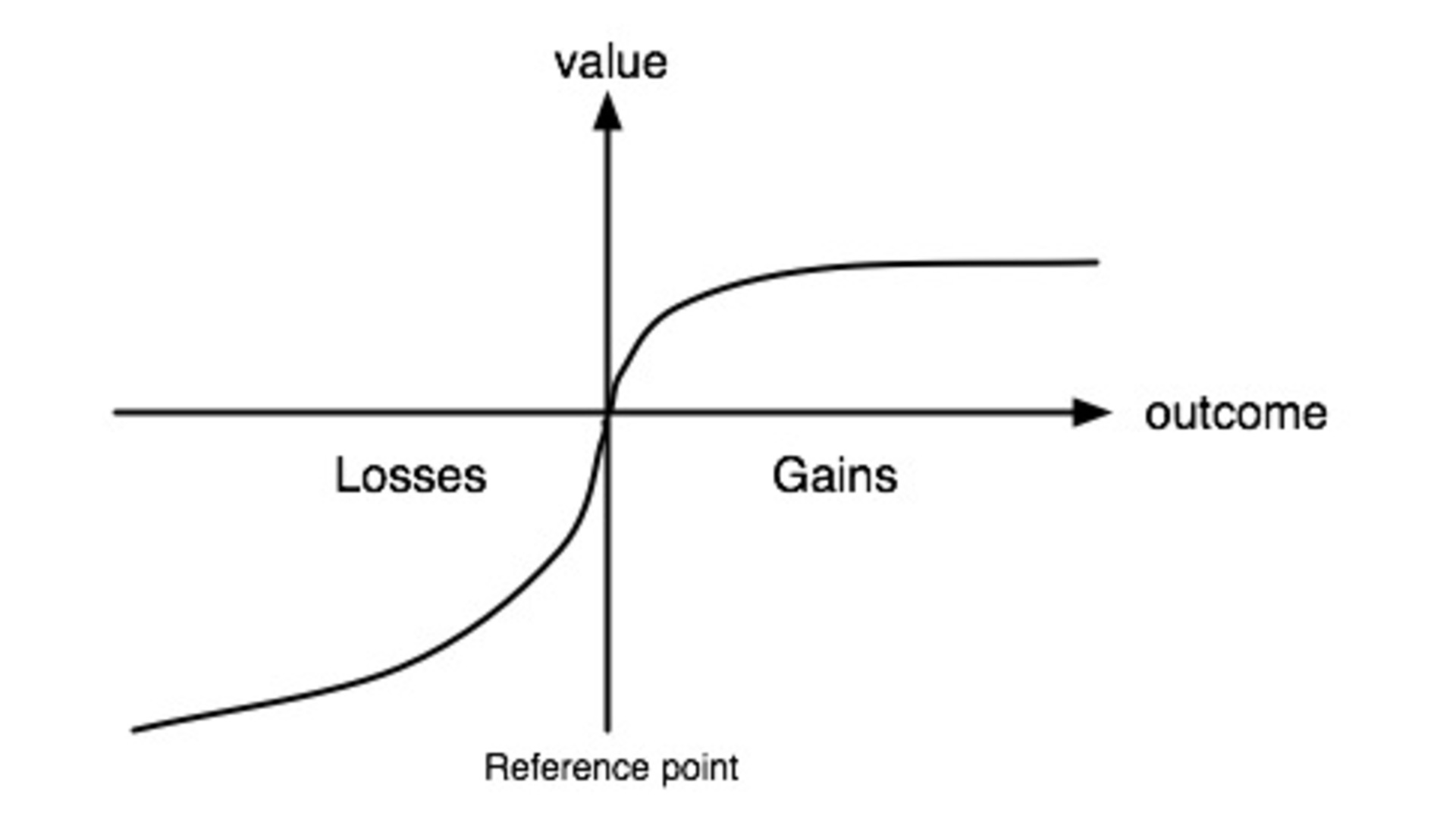
Prospect Theory rewrites economic rationality around three pillars:
- Reference dependence: We evaluate outcomes relative to a status quo, not in absolute terms.
- Diminishing sensitivity: Gains and losses feel less intense as they grow larger, creating risk aversion for gains and risk seeking for losses.
- Loss aversion: Losses hurt roughly twice as much as equivalent gains please; avoiding loss dominates maximizing gain.
The fourfold pattern explains everyday anomalies: lottery ticket purchases (overweighting small probabilities of gains), insurance uptake (overweighting small probabilities of losses), risk aversion in sure gains, and risk seeking in sure losses. Framing choices around "people saved" versus "people lost" toggles which quadrant people think in—making reframing a core design tool for nudges and product copy.
🚀 Ready to turn insights into behavior?
Pair Thinking, Fast and Slow with a Readever bias-busting workspace — tag examples, surface bias flashcards, and auto-convert notebook highlights into actionable prompts.
Overconfidence, illusions of validity, and the planning fallacy
Overconfidence isn't a standalone flaw—it emerges wherever coherent stories outrun data:
- Illusion of validity: Analysts trust pattern-rich narratives even when feedback proves their forecasts no better than chance. Confidence tracks narrative coherence, not accuracy.
- Illusion of skill: Experts in noise-heavy domains (stock picking, long-term geopolitics) misinterpret luck streaks as talent.
- Planning fallacy: Inside views and best-case stories overshadow statistical base rates, yielding chronic underestimates of project cost and duration.
Reference class forecasting, premortems, independent probability estimates, and pre-committed decision criteria are practical antidotes that make System 2 do the painful statistical work.
Experiencing vs remembering self: Designing for peak-end memories
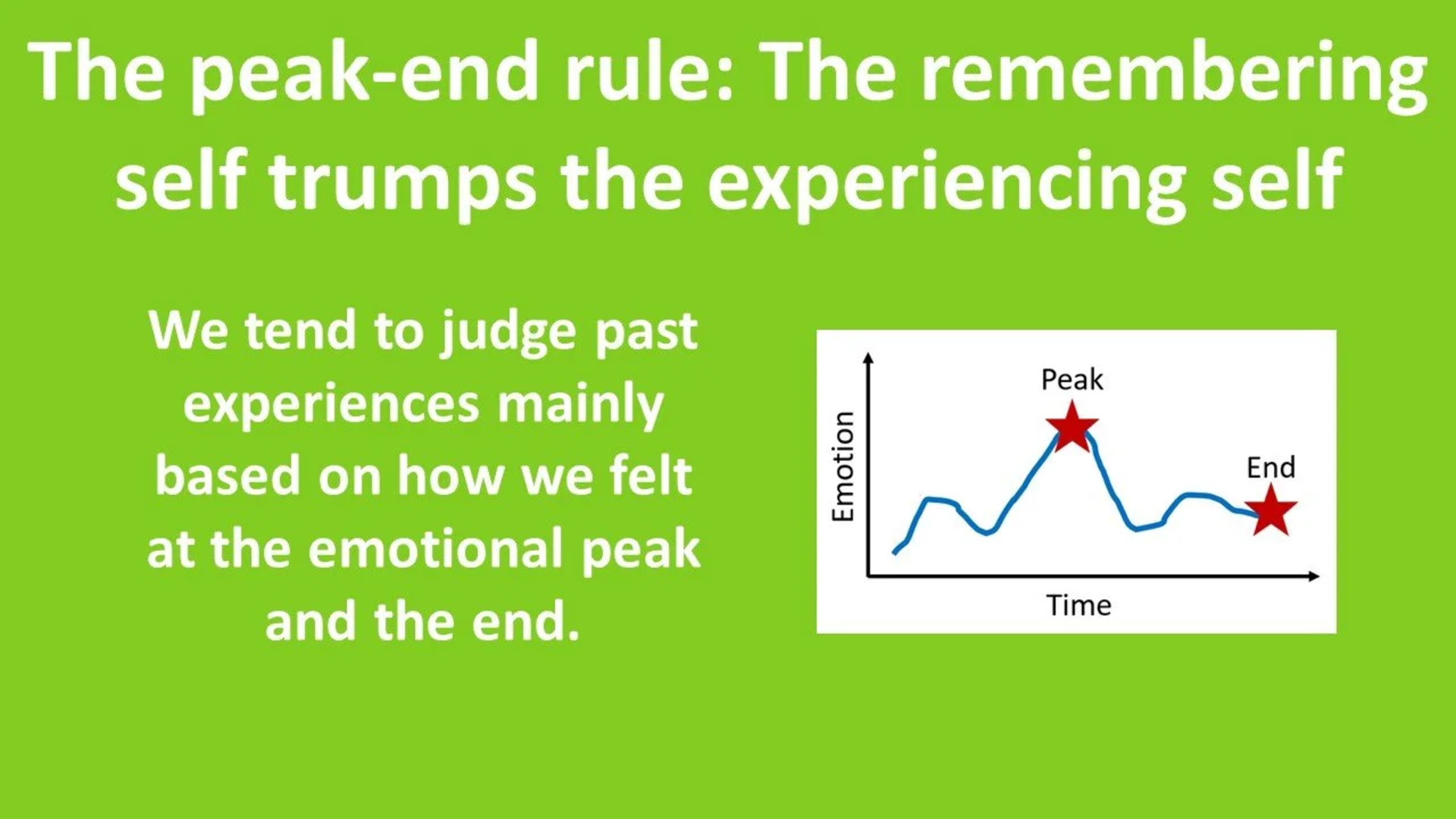
Kahneman distinguishes between the self that lives moments and the self that tells the story afterward. The remembering self applies the peak-end rule and duration neglect: it rates an experience based on its emotional high (or low) point and how it ended, ignoring how long anything lasted. That means a painful procedure that ends gently is remembered more fondly than a shorter one ending abruptly.
Designing for the remembering self—whether it's healthcare, events, or product adoption—means engineering intentional peaks and ensuring the closing moments deliver closure. Readever leans into this insight by letting you bookmark "peak" aha moments and schedule deliberate end-of-session reflections so your remembering self keeps the habit alive.
Decision hygiene checklist for 2025 teams
- Slow the default: Gate high-stakes calls behind a written rationale and a cooling-off period.
- Run premortems: Imagine the project failed spectacularly, list the causes, and feed them into mitigation.
- Split exploration and evaluation: Have individuals draft independent estimates before group discussion to preserve diverse views.
- Pull the outside view: Compare your plan to reference-class data (similar launches, past sprints, historical overruns).
- Track calibration: Score predictions against outcomes; downgrade opinions from anyone who can't beat chance.
30-day Readever sprint through Thinking, Fast and Slow
Week 1 focuses on Systems 1 and 2, with Readever's AI companion prompting daily bias spotters in your inbox. Week 2 pairs the heuristics chapters with real-world case studies from your own calendar entries. Week 3 tackles Prospect Theory and reframing exercises embedded in your notes. Week 4 closes with decision hygiene drills and an outside-view retrospective on a current project.
Readever automatically surfaces relevant clips from Nudge, Predictably Irrational, and Influence so you can compare frameworks without leaving the reader.
Companion reads to extend the architecture of judgment
- Noise — Kahneman, Sibony, and Sunstein on random error and decision hygiene.
- Misbehaving — Richard Thaler's inside story of building behavioral economics.
- The Power of Habit — Charles Duhigg's cue-routine-reward loop for retraining System 1.
- Atomic Habits — James Clear's identity-based behavior change framework.
FAQ
How does Readever enhance my Thinking, Fast and Slow study?
The platform adds AI-led pre-reading interviews, bias detection prompts, and shared annotations so participants can flag when System 1 hijacks discussion in real time.
What are the most common System 1 traps in 2025 product work?
Status quo bias in recommender defaults, anchoring in pricing experiments, and availability cascades triggered by viral customer stories top the list.
How can I train myself to spot loss aversion during planning?
Track decision logs for "avoid loss" phrasing, quantify the actual downside, and run an outside-view comparison against past "play-it-safe" choices.
What's the fastest way to reduce planning fallacy risk?
Adopt reference class forecasting: pull baseline durations from similar past projects, then adjust only if you have hard evidence your context is materially different.
Why should I care about the experiencing vs remembering self distinction?
Your remembering self drives future choices. Designing journeys with strong peaks and intentional endings increases retention, habit formation, and word-of-mouth far more than shaving minutes off a neutral experience.
✅ Ready to operationalize Kahneman's playbook?
Lock in your Thinking, Fast and Slow study cadence with Readever's AI co-reader and keep bias audits, reflections, and peer discussions synced across every session.
